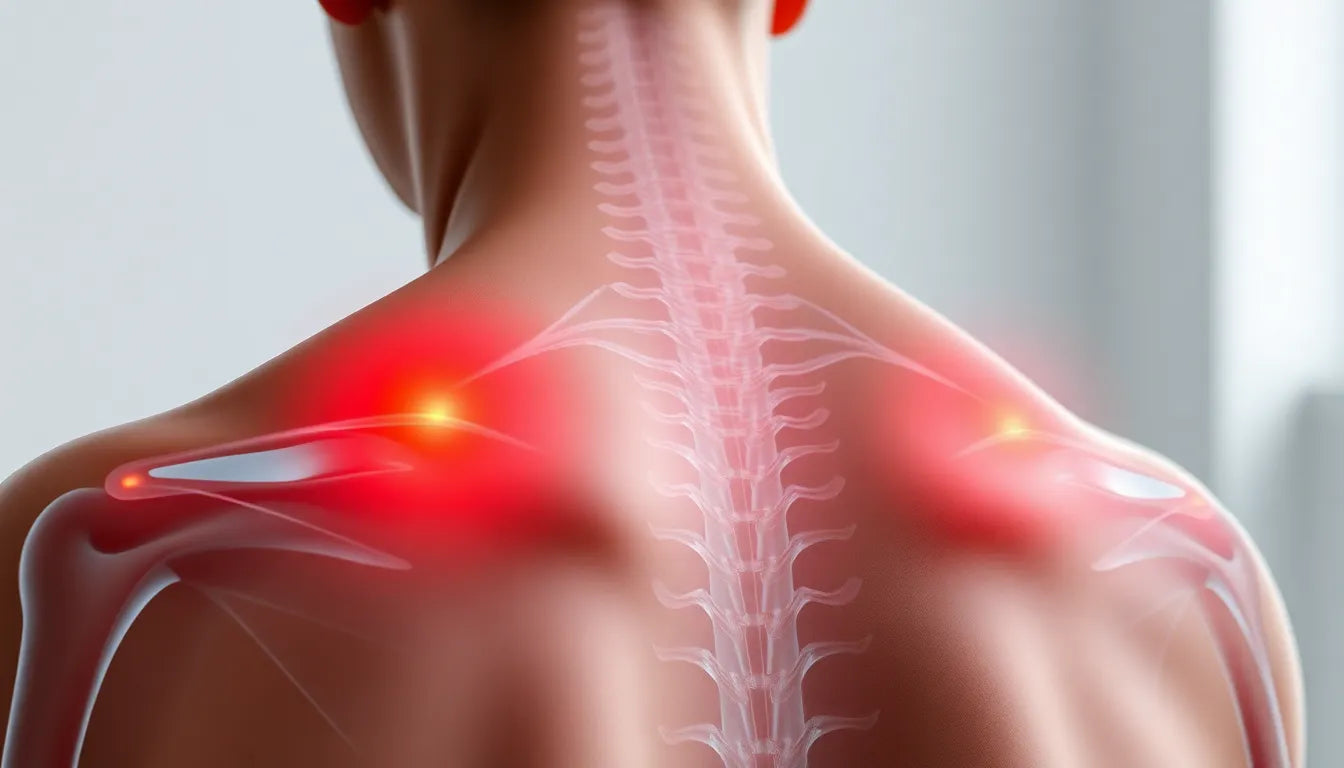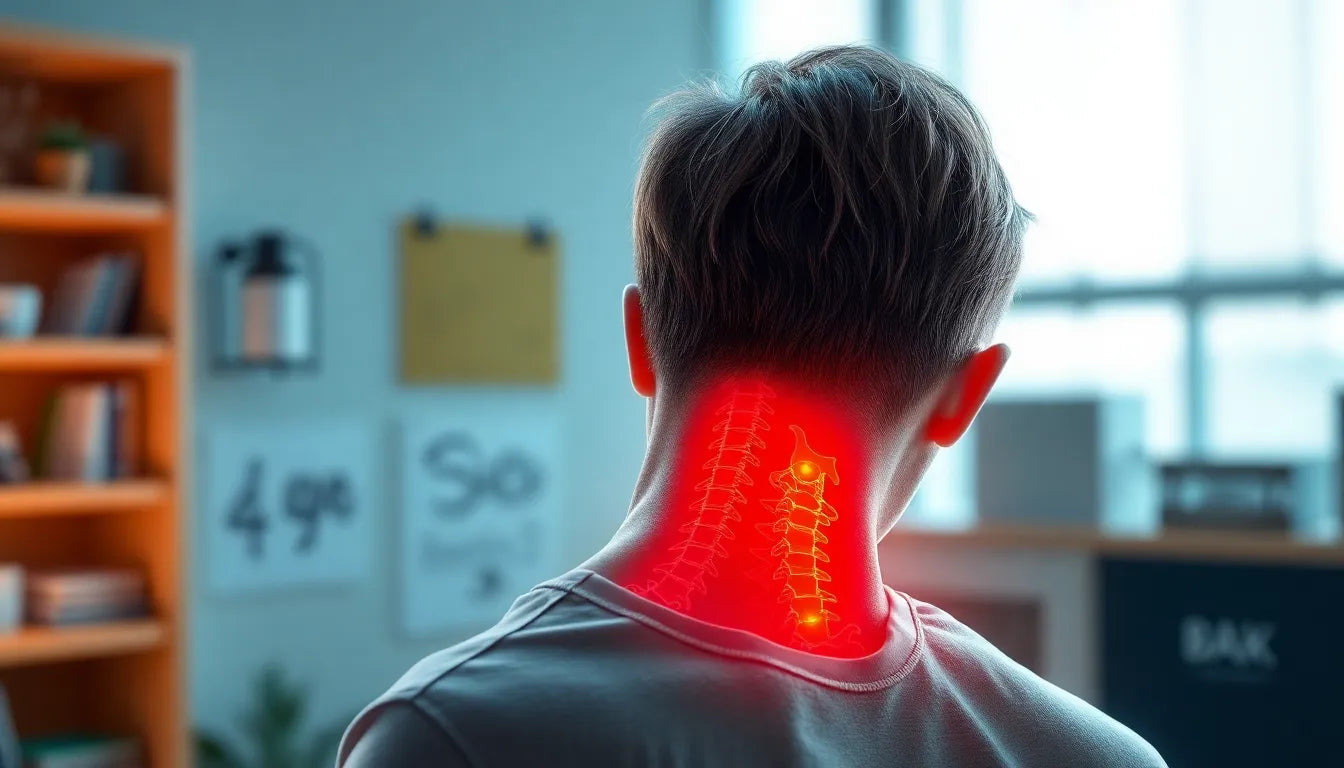Experiencing pain in the groin, or "ondt i lysken," is a common issue that affects many people, particularly athletes and those with an active lifestyle. This discomfort can significantly impact mobility and daily activities, making it a concern that warrants attention and understanding. Whether you are a football player, a runner, or someone who enjoys regular physical activity, groin pain can disrupt your routine and hinder your performance.
understanding groin pain
Groin pain refers to the discomfort or pain felt in the area where the abdomen meets the legs. It is particularly prevalent in sports that involve sudden changes in direction, like football, handball, and hockey. However, it is not limited to athletes; anyone can experience this type of pain due to various reasons, including muscle strain, tendon injuries, or even hip-related issues.
The prevalence of groin pain in sports is well-documented, with studies showing that it accounts for a significant percentage of injuries in athletes. In everyday life, factors such as prolonged sitting, poor posture, or inadequate warm-up before exercise can also contribute to the development of groin pain. Understanding the underlying causes and symptoms is crucial for effective management and prevention.
importance of identifying causes and symptoms
Recognizing the causes and symptoms of groin pain is essential for addressing the issue effectively. Early identification can lead to timely interventions, preventing the progression of the condition and reducing the risk of chronic pain. Symptoms of groin pain can vary but typically include tenderness, a stabbing sensation, and reduced mobility. The pain may also radiate to the inner thigh or knee and often worsens with activities such as lifting the leg or rotating the hip.
Understanding the root causes of groin pain is equally important. Common causes include muscle overuse, particularly of the adductor muscles, tendon injuries, and hip problems like osteoarthritis or impingement. In some cases, infections or groin hernias can also be responsible. By identifying these factors, individuals can take appropriate steps to manage their condition and prevent future occurrences.
In conclusion, groin pain is a prevalent issue that affects both athletes and non-athletes alike. Its impact on mobility and daily activities highlights the importance of understanding its causes and symptoms. By doing so, individuals can take proactive measures to manage and prevent groin pain, ultimately leading to improved movement and quality of life.
symptoms of groin pain
Groin pain, or ondt i lysken, often manifests in various ways, impacting one's ability to move freely and comfortably. The symptoms typically include pain during movement, especially during sports or activities that involve sudden directional changes. Those suffering from groin pain may experience tenderness and a stabbing sensation in the affected area, often accompanied by reduced mobility. In some cases, the pain may radiate to the inner thigh or knee, intensifying when lifting the leg or rotating the hip. Recognizing these symptoms early is crucial for preventing further complications and ensuring effective treatment.
common causes of groin pain
The causes of groin pain are diverse, with muscle overuse being one of the most prevalent factors. Sports that require frequent directional changes, such as football and handball, often lead to overuse of the adductor muscles, resulting in strain and discomfort. Tendon injuries and hip-related issues, including osteoarthritis and impingement, also contribute significantly to groin pain. In some instances, infections or less common conditions like groin hernia can be the underlying cause. Understanding these causes is vital for tailoring an effective treatment plan and preventing future occurrences.
diagnosis process for groin pain
Accurate diagnosis is essential for addressing groin pain effectively. A comprehensive physical examination by a healthcare professional is the first step in identifying the root cause. Imaging techniques, such as X-rays or MRIs, may be necessary to rule out serious conditions like hernias and to provide a detailed view of the affected area. These diagnostic tools help in pinpointing the exact cause of pain, allowing for a targeted treatment approach.
treatment options for groin pain
Treating groin pain involves a multifaceted approach tailored to the specific cause. Rest and unloading of the affected area are often recommended to allow for recovery. Ice therapy can help reduce inflammation and alleviate pain, while pain-relieving medications provide temporary relief from discomfort. Rehabilitation exercises focusing on strength and stability are crucial for restoring mobility and preventing future injuries. Manual therapy, administered by a physiotherapist or osteopath, can also play a significant role in the recovery process. In cases where infections or hernias are suspected, a medical consultation is necessary to determine the appropriate course of action.

Lumbar support belt
Provides lower back support and relief, helps reduce pain and tension during daily activities.
Addressing groin pain effectively requires a thorough understanding of its symptoms, causes, and treatment options. By recognizing the signs early and seeking appropriate medical attention, individuals can prevent the progression of their condition and enjoy a pain-free, active lifestyle. Whether through rest, rehabilitation, or medical intervention, there are numerous strategies available to manage groin pain and promote long-term wellness.
risk factors and prevention of groin pain
Understanding the risk factors associated with groin pain, or ondt i lysken, is essential for effective prevention. Common risk factors include inadequate warm-up routines, weak muscles around the groin and hip, and wearing inappropriate footwear. These factors can increase the likelihood of strain and injury, particularly in sports that involve sudden changes in direction.
To prevent groin pain, it's crucial to incorporate a comprehensive warm-up routine that includes dynamic stretches and exercises targeting the groin and hip muscles. Strengthening these muscles can enhance stability and reduce the risk of injury. Additionally, evaluating your technique and the surfaces you play on can also play a significant role in prevention. Proper footwear that provides adequate support is essential for minimizing stress on the groin area.
a holistic approach to treating groin pain
Addressing groin pain effectively requires a holistic approach that considers various aspects of treatment and prevention. A comprehensive treatment plan should include ergonomic aids, targeted training, and professional guidance to ensure optimal recovery and long-term management.

Men's Posture Shirt™ - Black
Patented shirt improves posture and may help reduce pain and muscle tension during activities or rest.
Incorporating lifestyle changes, such as maintaining a healthy weight and engaging in regular exercise, can significantly impact the prevention of groin pain. Ongoing management strategies, including periodic assessments by healthcare professionals and adherence to rehabilitation exercises, are crucial for preventing recurrence. By adopting a holistic approach, individuals can achieve improved mobility and a pain-free lifestyle.
frequently asked questions
hvornår skal jeg søge læge?
If you experience persistent groin pain that does not improve with rest or home treatment, it is advisable to seek medical attention. Additionally, if you suspect a hernia or experience severe pain, swelling, or fever, consulting a healthcare professional is essential for a proper diagnosis and treatment plan.
hvordan mærkes en overbelastningsskade i lysken?
An overuse injury in the groin typically presents as a dull ache or sharp pain during physical activity. It may worsen with continued movement and can be accompanied by tenderness and stiffness in the affected area. Recognizing these symptoms early can help prevent further complications.
hvad er forskellen mellem akutte og kroniske lyskesmerter?
Acute groin pain usually results from a sudden injury or strain, leading to immediate discomfort and swelling. In contrast, chronic groin pain develops over time due to repetitive stress or underlying conditions, often requiring a longer recovery period and comprehensive treatment plan.
hvordan kan jeg forebygge fremtidige lyskesmerter?
Preventing future groin pain involves strengthening the muscles around the groin and hip, maintaining flexibility through regular stretching, and ensuring proper technique during physical activities. Wearing appropriate footwear and considering the surface you exercise on can also reduce the risk of injury.
By understanding the risk factors, adopting a holistic treatment approach, and addressing common concerns, individuals can effectively manage and prevent groin pain, ultimately leading to improved mobility and quality of life.


















